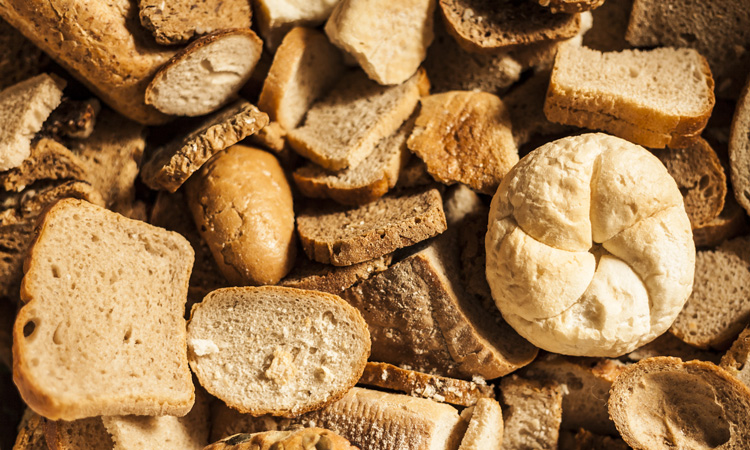Scientists repurpose waste bread to feed microbial starters
- Like
- Digg
- Del
- Tumblr
- VKontakte
- Buffer
- Love This
- Odnoklassniki
- Meneame
- Blogger
- Amazon
- Yahoo Mail
- Gmail
- AOL
- Newsvine
- HackerNews
- Evernote
- MySpace
- Mail.ru
- Viadeo
- Line
- Comments
- Yummly
- SMS
- Viber
- Telegram
- Subscribe
- Skype
- Facebook Messenger
- Kakao
- LiveJournal
- Yammer
- Edgar
- Fintel
- Mix
- Instapaper
- Copy Link
Posted: 28 February 2020 | Sam Mehmet (New Food) | No comments yet
The researchers have proposed repurposing discarded dough to feed the very microorganisms needed to kick start fermentation in food industries like bakeries, dairy and wine-making.


New research published in Frontiers in Microbiology has suggested one way to reduce food waste is to use bread destined for disposal as a medium for cultivating microbial starters for the food industry.
While exact numbers regarding the amount of bread that is thrown away are hard to estimate, it is believed that hundreds of tonnes are wasted daily worldwide from spoilage and other factors, including consumer preferences for products like crustless loaves.
The authors of the research wrote that bread waste creates both economic loss and environmental impacts, as most of the waste ends up in landfills that emit greenhouse gases such as carbon dioxide and methane.
“We believe that the introduction of innovative bioprocessing technologies might be the key to unravel the burden of food waste [and] improving sustainability of the agro-food system,” said team coordinator, Dr. Carlo G. Rizzello at the University of Bari Aldo Moro in Italy.
Rizzello and his colleagues experimented with more than 40 different kinds of growing conditions to find the best combination for various bacteria, yeast and other microorganisms used in food fermentation. This involved discovering the right recipe of bread amount, enzymes and supplemental ingredients, as well as the ideal time and temperature for incubation.
The goal was to create a wasted bread medium (WBM) that would match or beat current production methods that rely on raw materials. And, in fact, the scientists reportedly formulated a secret sauce using 50 percent waste bread that was appetising to a wide variety of microorganisms, including bacteria used in yoghurt production. They estimated that the production cost of WBM is about a third of conventional media.
“The protocol we were able to set up combines both the need for disposing of the huge amount of bread waste with that of cheap sources for media production, while fitting for the cultivation of several food industry starters, and it is patent pending,” Rizzello said.
The idea is that the WBM protocols could be easily adopted by industrial bakeries, which currently rely on other companies to provide the starters. These businesses would benefit by “using their own waste to produce the medium and propagate the cultures, without modifying [or] adding any equipment to the existing technology,” said lead author, Michela Verni, who was responsible for the experimental design of the work.
“The strength of our study strictly relies on how easily applicable the protocol is, and proof of its feasibility is indeed the fact that the process is already scaled up at industrial level,” she added. “Nevertheless, WBM offers a possibility for sustainable starter production to all the food industries working in the field of fermented foods and beverages.”
Rizzello said WBM has applications beyond simple microbial cultivation. For example, it could be used as a food ingredient itself with a few tweaks to the WBM recipe and fermentation with different starters. It could also reportedly serve as a substrate to feed microbes that produce specific compounds used in food supplements or cosmetics.
While WBM appears to be an effective medium for growing lactic acid bacteria and yeasts, Rizzello said further study is needed to determine if certain components or lack of some micronutrients might affect microbial metabolism in some significant way.









